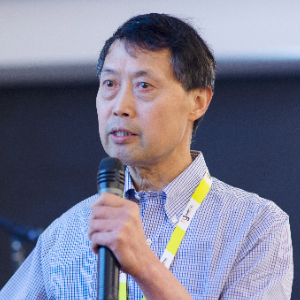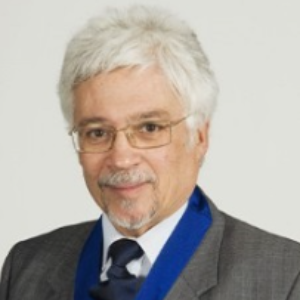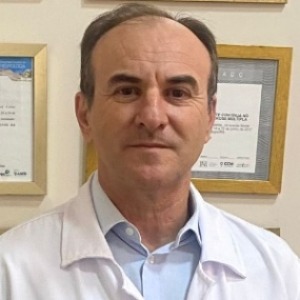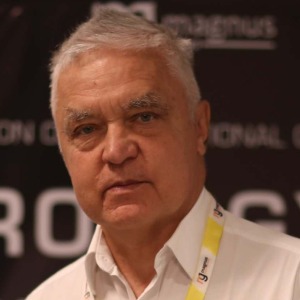Electroencephalography (EEG)
Electroencephalography (EEG) is a clinical technique used to measure the electrical activity of the brain. It works by placing several electrodes on the scalp that measure the electrical patterns produced by neurons in different parts of the brain. The recorded signals are typically displayed as a graph, allowing researchers and clinicians to evaluate the underlying brain activity in a given region. EEG has been used for decades to diagnose neurological diseases and to assess the effects of drugs, disease processes, and treatments. It can also be used for research in fields such as cognitive and affective neuroscience. The EEG test alone does not give a definitive diagnosis. It's most effective when used in conjunction with other tests that show how the brain is functioning. EEG readings can be used to identify brainwave abnormalities, diagnose epilepsy and other seizure disorders, measure sleep patterns, detect whether the brain is impaired after a stroke, and evaluate brain damage after severe head trauma. In some cases, it can even detect differences in brainwave patterns that suggest early indications of cognitive decline (such as Alzheimer's) before other tests can. EEG is also useful in understanding cognitive processes such as learning and memory. It can show the presence of brain areas that are activated during cognitive tasks, and can be used to evaluate different types of learning strategies. EEG can also be used to assess the effectiveness of treatments for conditions such as ADHD and autism. EEG is noninvasive, relatively inexpensive, and relatively safe. The risk of infection is low, and the electrodes are usually placed on the scalp after shaving and cleaning a small area. The procedure typically takes between 30 minutes to one hour to complete.

Ken Ware
NeuroPhysics Therapy Institute, Australia
Robert B Slocum
University of Kentucky HealthCare, United States
Yong Xiao Wang
Albany Medical College, United States
W S El Masri
Keele University, United Kingdom
Jaqueline Tuppen
COGS Club, United Kingdom
Milton Cesar Rodrigues Medeiros
Hospital Santa Casa de Arapongas, Brazil




Title : Perception and individuality in patient cases identifying the ongoing evolution of Myalgic Encephalomyelitis/Chronic Fatigue Syndrome (ME/CFS)
Ken Ware, NeuroPhysics Therapy Institute, Australia
Title : Narrative medicine: A communication therapy for the communication disorder of Functional Seizures (FS) [also known as Psychogenic Non-Epileptic Seizures (PNES)]
Robert B Slocum, University of Kentucky HealthCare, United States
Title : Rabies: Challenges in taming the beast
Alan C Jackson, University of Calgary, Canada
Title : Neuro sensorium
Luiz Moutinho, University of Suffolk, United Kingdom
Title : Traumatic Spinal Cord Injuries (tSCI) - Are the radiologically based “advances” in the management of the injured spine evidence-based?
W S El Masri, Keele University, United Kingdom
Title : Personalized and Precision Medicine (PPM), as a unique healthcare model through biodesign-driven biotech and biopharma, translational applications, and neurology-related biomarketing to secure human healthcare and biosafety
Sergey Victorovich Suchkov, N.D. Zelinskii Institute for Organic Chemistry of the Russian Academy of Sciences, Russian Federation